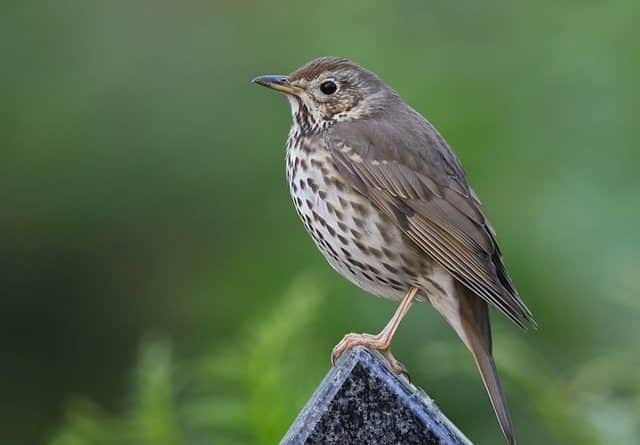Animals Without Teeth: How Nature Adapts for Survival
When we think of animals, one of the first things that comes to mind is their teeth. Teeth are essential for various purposes, including chewing, tearing, and grinding food. However, nature is full of surprises, and some animals have evolved to survive without these dental structures. In this article, we will explore the fascinating world of animals without teeth, uncovering the unique adaptations that allow them to thrive in their environments.
What are Teeth and Their Functions?
Before delving into toothless animals, it’s crucial to understand the role of teeth in the animal kingdom. Teeth are hard, mineralized structures found in the mouths of vertebrates, serving multiple functions. They aid in the acquisition, preparation, and digestion of food, as well as defense and communication.
Animals without Teeth: Nature’s Surprising Creations
From mighty predators to humble herbivores, animals have developed an astonishing range of adaptations to suit their lifestyles. While teeth are a common feature, some fascinating creatures have evolved without them entirely. Let’s delve into the intriguing world of animals without teeth and discover the strategies they employ to survive and flourish.
The Remarkable Pangolin: Nature’s Toothless Armored Warrior

One of the most fascinating examples of an animal without teeth is the pangolin. Renowned for its distinctive scaly armor, this unique creature roams the forests and grasslands of Africa and Asia. Despite its lack of teeth, the pangolin is an expert insectivore. Its diet primarily consists of ants and termites, which it captures using its long, sticky tongue. The pangolin’s toothless jaw doesn’t hinder its feasting; instead, it thrives due to its ability to consume vast quantities of these tiny invertebrates, utilizing its remarkable tongue to gather its meals.
Weight machine workout routines – printable gym workout plans buy testosterone cypionate online with credit card stripper, bodybuilder, dj & pizza deliveryman: eclectic resume of suspected mail bomber — rt usa newsRead Also: Humble Animals
Basking Sharks: Gentle Giants of the Seas
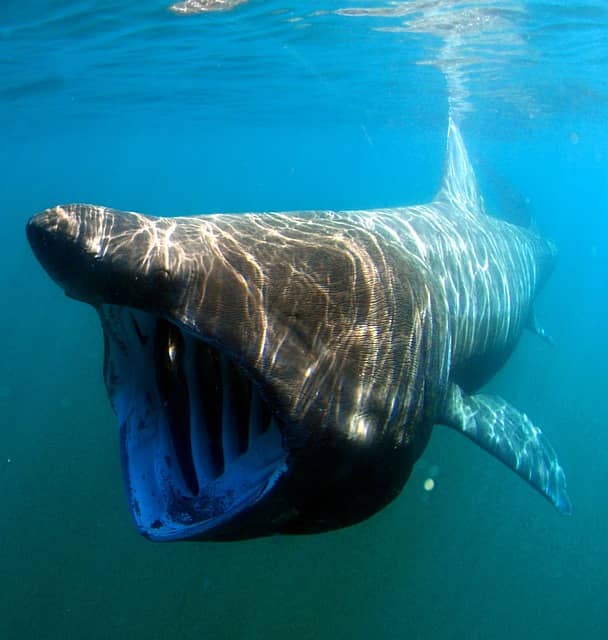
In the vast expanse of the oceans, the basking shark stands out as a true anomaly among its toothed relatives. As the second-largest fish in the world, this gentle giant sustains itself through a unique feeding strategy. Rather than sharp teeth, the basking shark possesses massive, bristle-like structures known as gill rakers. These specialized adaptations allow the shark to filter-feed on plankton and small fish, sieving its prey through its enormous mouth as it swims leisurely with its wide jaws agape. The basking shark exemplifies how creatures can flourish without conventional teeth by capitalizing on alternative feeding mechanisms.
Read Also: Do Deer Eat Mice
Jawless Fish

Jawless fish, such as lampreys and hagfish, are ancient creatures that lack true teeth. Instead, they possess a circular, sucker-like mouth with sharp, keratinized plates. These plates allow them to attach to their prey and rasp away flesh, obtaining sustenance through suction feeding.
Read Also: Fish with Big Lips
Anteaters
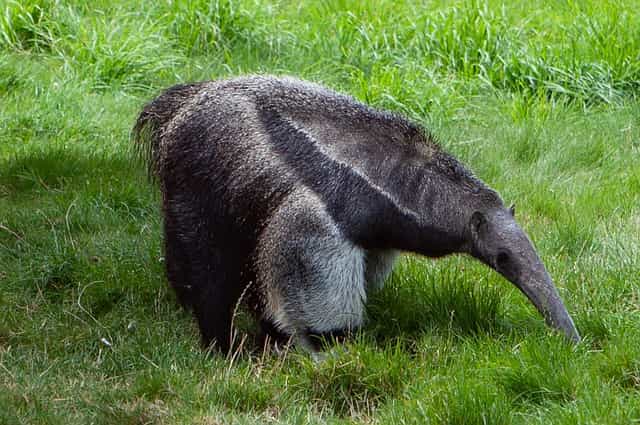
Anteaters, native to Central and South America, have long snouts and tongues perfectly adapted for their insectivorous diet. Although they lack teeth, they rely on their impressive tongues, which can extend up to two feet, to capture ants and termites from their nests.
Birds
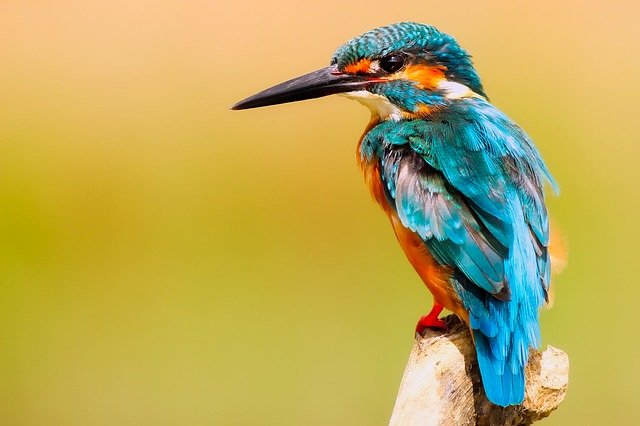
Birds exhibit a vast array of beak shapes and sizes, each adapted to their specific dietary needs. From the hooked beak of a raptor to the long, probing beak of a hummingbird, birds have evolved to consume various foods, including seeds, nectar, insects, and even small mammals.
Invertebrates
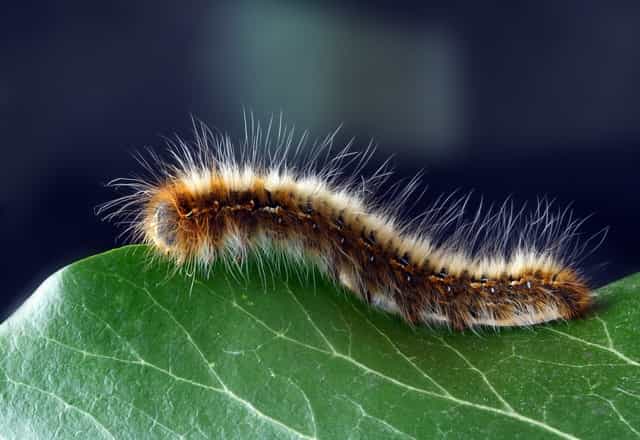
Numerous invertebrates have evolved to survive without teeth. For instance, the squid, a cephalopod mollusk, possesses a sharp, beak-like structure known as the radula, which allows it to grasp and tear its prey. Similarly, snails and slugs possess radula that assists them in grazing on plant material.
Adaptations for Eating without Teeth
Toothless animals have developed a range of adaptations to compensate for the absence of teeth. These adaptations enable them to procure and process food effectively.
Beaks and Bills

Birds, as mentioned earlier, rely on their beaks and bills for feeding. Their beaks vary in shape, size, and strength, allowing them to consume different types of food. Whether it’s cracking nuts, catching fish, or sipping nectar, birds have evolved beaks suited to their specific dietary preferences.
Tongue Manipulation
Some toothless animals, like anteaters, utilize their tongues as versatile tools. Anteaters’ tongues are coated with sticky saliva, which helps them capture large numbers of insects in a single lick. Their long, slender tongues allow them to reach deep into ant mounds and termite nests.
Specialized Digestive Systems

Certain toothless animals possess specialized digestive systems to compensate for the lack of teeth. For instance, cows and other ruminants have a multi-chambered stomach that aids in the breakdown of tough plant material. Microbes residing in their digestive tract help ferment and extract nutrients from cellulose.
Unique Characteristics of Toothless Animals
Toothless animals exhibit intriguing characteristics beyond their feeding adaptations. Some species have highly elongated snouts, like the aardvark, while others rely on symbiotic relationships with bacteria to aid in digestion. The absence of teeth has driven these animals to develop exceptional traits that contribute to their survival.
Frequently Asked Questions about Animals without Teeth
Q: How do animals without teeth consume their food?
Animals without teeth have developed various strategies to consume their food. Some, like the pangolin, use their long, sticky tongues to capture insects and other small prey. Others, like basking sharks, filter-feed by utilizing specialized gill rakers to sieve plankton and small fish from the water.
Q: Do animals without teeth face any challenges in their diet?
While animals without teeth have adapted to their unique dietary needs, they may face challenges when encountering food items that require chewing or grinding. However, nature has bestowed upon them alternative adaptations, such as specialized jaws or digestive systems, which enable them to overcome these obstacles.
Q: Are there any other notable examples of animals without teeth?
Yes, several other creatures have evolved without teeth. Some notable examples include the anteater, which has a long, sticky tongue for capturing ants and termites, and the giant panda, which possesses powerful jaw muscles to chew bamboo despite having reduced incisors and canines.
Q: How do animals without teeth maintain oral hygiene?
Animals without teeth have different methods of maintaining oral hygiene. Some species, like pangolins and anteaters, have long, agile tongues that aid in keeping their mouths clean. Others, such as basking sharks, rely on the constant flow of water through their gill rakers to prevent the accumulation of debris.
Q: Are there any drawbacks to not having teeth?
While teeth are a versatile tool for many animals, those without teeth have evolved alternative adaptations to suit their dietary needs. While these adaptations generally enable them to thrive, there may be limitations in their ability to process certain food items or adapt to changing environmental conditions.
Q: How does the absence of teeth affect an animal’s evolutionary fitness?
The absence of teeth does not necessarily hinder an animal’s evolutionary fitness. Instead, it drives the development of alternative adaptations, such as specialized jaws, digestive systems, or feeding strategies. These adaptations allow animals without teeth to occupy unique ecological niches and thrive within their respective environments.
Conclusion
In conclusion, nature never ceases to amaze us with its diversity and adaptability. Animals without teeth have found ingenious ways to overcome this evolutionary limitation and thrive in their respective habitats. From the specialized beaks of birds to the remarkable tongues of anteaters, toothless animals demonstrate the power of adaptation. Their unique characteristics and remarkable survival strategies continue to capture the curiosity of researchers and nature enthusiasts alike.
Read Also: Are Pandas Dangerous?
Animals Without Teeth: How Nature Adapts for Survival
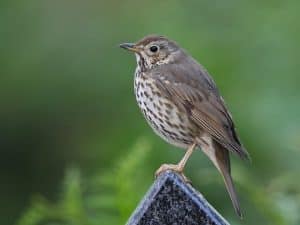
Title: Animals Without Teeth: How Nature Adapts for Survival
Description: From mighty predators to humble herbivores, animals have developed an astonishing range of adaptations to suit their lifestyles. While teeth are a common feature, some fascinating creatures have evolved without them entirely. Let's delve into the intriguing world of animals without teeth and discover the strategies they employ to survive and flourish.
Start date: May 19, 2023
Author: Muhammad Ali
-
Quality - 94
-
Information - 95
-
Content - 96
-
Writing Style - 97
-
Awesomeness - 98
Summary
The world of animals without teeth is a testament to nature’s ingenuity and adaptability. From the impressive pangolin to the gentle basking shark, and the resilient sloth to the resourceful camel, these remarkable creatures have found innovative ways to survive and flourish without relying on conventional dental structures. By capitalizing on alternative adaptations and feeding strategies, animals without teeth have carved out their place in the diverse tapestry of life on Earth. Their unique stories remind us of the extraordinary diversity and resilience of nature’s creations, inspiring us to marvel at the wonders that lie hidden beneath the surface of the natural world.
